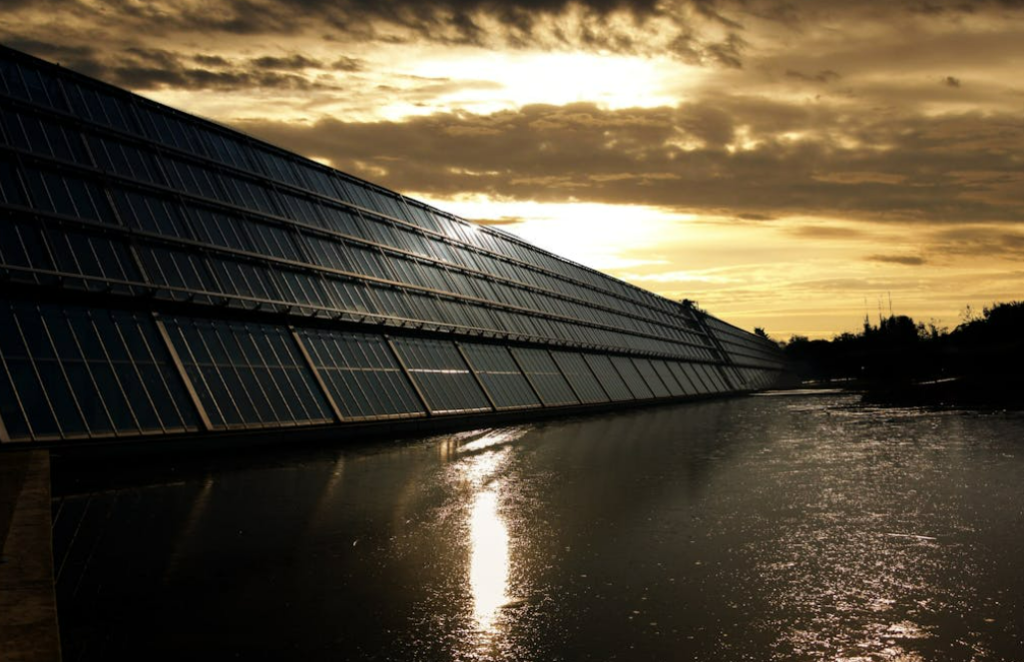Since 2024, central state-owned enterprises (SOEs) have been swiftly exiting some new energy projects.

State Power Investment Corporation (SPIC), a leader in solar power, has been selling, transferring, or halting solar projects in Inner Mongolia, Hebei, and Chongqing since August. Despite being the world’s top solar installer for eight consecutive years, SPIC’s recent moves have sparked speculation that it may be withdrawing from the solar sector.
Three years ago, SOEs were actively investing in new energy. Economist Ren Zeping once said, “Not investing in new energy now is like not buying property 20 years ago.”
Is this the end of SOE investments in new energy?
Inner Mongolia Electric Power Investment sold its subsidiary holding a 100 MW solar project in Shandong, citing a low 1.8% net return in 2023. The “Big Five and Little Six” SOEs have invested heavily in the new energy market, securing over 500 GW of solar capacity in three years. However, a central inspection report in July criticized SPIC’s large but inefficient solar sector and urged resolving loss-making projects. China Huaneng Group has also revised investment rules and halted distributed solar projects.
40% of New Energy Projects Underperform
Low returns on new energy projects are common. A central SOE revealed that 40% of its new projects fell short of expected returns, with some facing continuous losses. For example, a solar project in Gansu lost 80 million RMB due to new electricity pricing policies. The 2024 Gansu plan caps new energy prices at 50% of the coal benchmark price during off-peak hours, making them far below solar operating costs.
Many provinces have also cut new energy generation hours. In Qinghai, midday solar generation was curtailed by 3-4 hours, and Henan imposed 4-7 hours of midday curtailment.
Investment Shocks and Market Challenges
Increasing wind and solar participation in the electricity market continues to impact returns. By 2030, China plans a unified power market, with full market participation for new energy. In 2023, 47.3% of new energy generation was market-based, and this is expected to exceed half in 2024. Fixed prices will give way to market-driven pricing, introducing more uncertainty.
Market integration rates differ across regions, with provinces like Shanxi, Shandong, and Zhejiang taking the lead. Zhejiang is considering full integration of new energy into the power market, which could pressure midday prices downward, even leading to negative pricing. In the first half of this year, provinces like Shanxi and Guangdong saw zero or negative prices, adding to investment return uncertainties.
New Energy Power Plants No Longer Indispensable
Central SOEs are now more cautious with new energy investments, focusing on stricter management and return requirements. However, they are not halting investments entirely. SOEs invested over 1 trillion RMB in emerging industries in the first seven months of 2024, a 24% year-on-year increase. By 2025, revenue from these industries is expected to comprise 35% of central SOEs’ income.
Investment areas include new technology, artificial intelligence, aerospace, and new energy. SPIC has launched major energy projects, adding over 13 GW of new capacity in the first half of 2024.
China has already met its 1.2 TW wind and solar target six years early. Future priorities will shift to energy consumption and grid infrastructure challenges. As central SOEs enter later stages of new energy investment, solar and wind power plants will be seen less as essential assets and more as flexible investments adjusted to market conditions.


